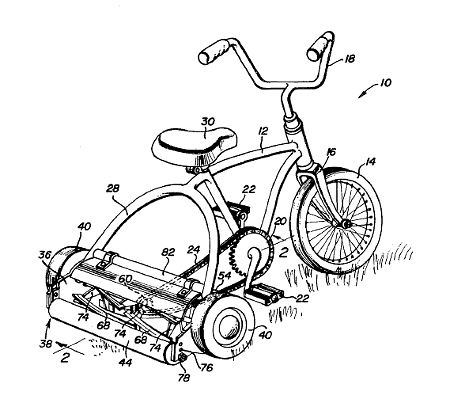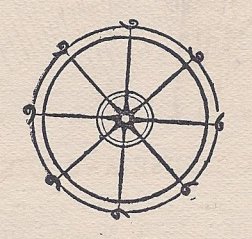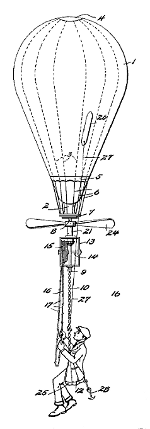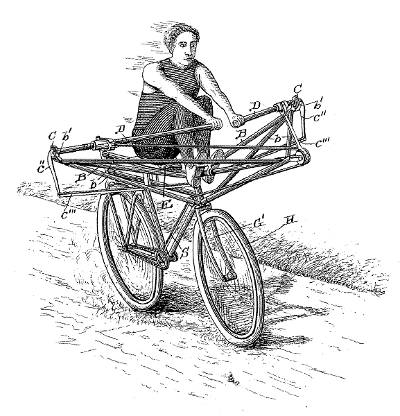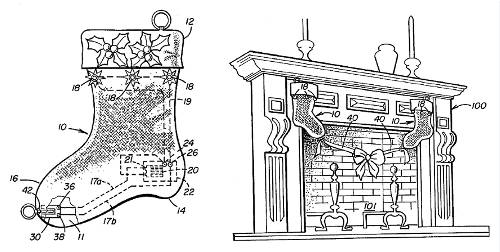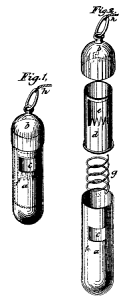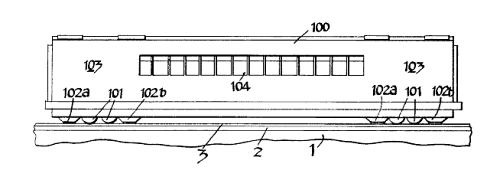
On Oct. 30, 1961, the Soviet Union detonated the most powerful weapon in human history. At 50 megatons, “Tsar Bomba” was 5,000 times more powerful than the bomb that had destroyed Hiroshima. Its flash was visible 1,000 kilometers away, its mushroom cloud rose 40 miles, and the atmospheric disturbance it created circled the earth three times.
One cameraman wrote: “The clouds beneath the aircraft and in the distance were lit up by the powerful flash. The sea of light spread under the hatch and even clouds began to glow and became transparent. At that moment, our aircraft emerged from between two cloud layers and down below in the gap a huge bright orange ball was emerging. The ball was powerful and arrogant like Jupiter. Slowly and silently it crept upwards. … Having broken through the thick layer of clouds it kept growing. It seemed to suck the whole earth into it. The spectacle was fantastic, unreal, supernatural.”
A more distant observer heard only an indistinct blow, “as if the earth had been killed.”
The bomb had little value as a practical weapon, but it gave Khrushchev crowing rights and advanced us all along a dangerous road. Four hundred years earlier, Leonardo had prophesied, “Men will seem to see new destructions in the sky. … There shall come forth from beneath the ground that which by its terrific report shall stun all who are near it and cause men to drop dead at its breath, and it shall devastate cities and castles.”
(Thanks, Matt.)

